A new Marrakech museum is bringing Africa’s flourishing art scene home
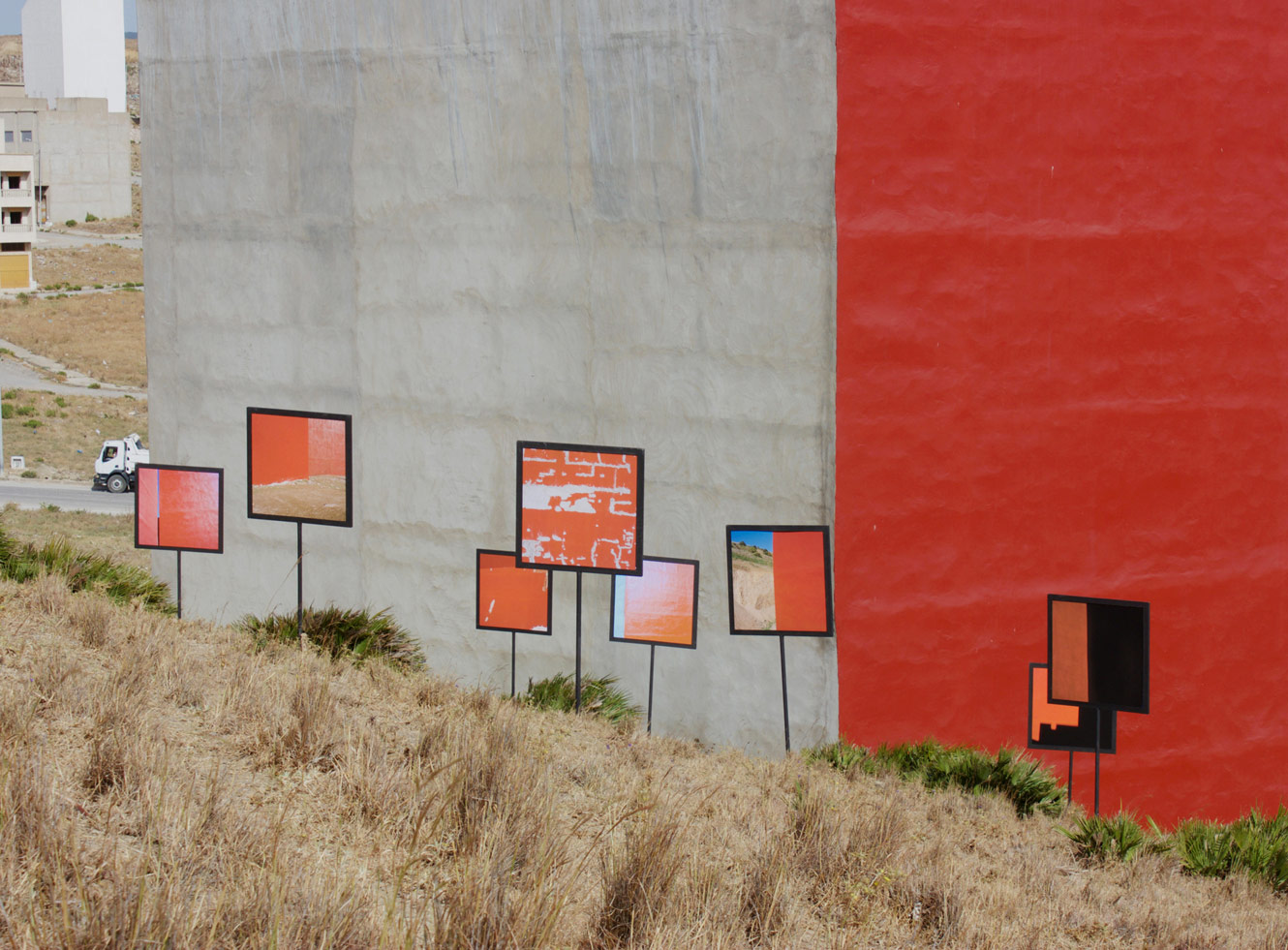
The Museum of African Contemporary Art Al Maaden (MACAAL) has launched in Marrakech. The museum soft-launched to locals in 2016, opening its doors to global audiences in February 2018. It’s a calculated move that’s paid off: nearly two years on, MACAAL impressed its first official flock of foreign visitors, as the international art community descended on the city for the inaugural Marrakech edition of 1:54 Contemporary African Art Fair.
At the helm of the museum are Moroccan art collectors and father-and-son duo Alami Lazraq and Othman Lazraq, who have given the building ‘a second life’. MACAAL is their latest philanthropic endeavour, forming part of their charitable association Fondation Alliances. Under the directorship of Othman, MACAAL brings the Lazraq family’s private collection of contemporary African art – amassed over the past 40 years – to a broader audience.
Founded in 2009, Fondation Alliances is backed by Moroccan real estate group Alliances Group. Beyond MACAAL, Fondation Alliances oversees three other not-for-profit initiatives including the Al Maaden Sculpture Park (inaugurated 2013); bi-annual photography award La Chambre Claire; and the Passerelles (‘Bridges’) programme, connecting young locals with contemporary art and design through workshops, classes and museum visits.
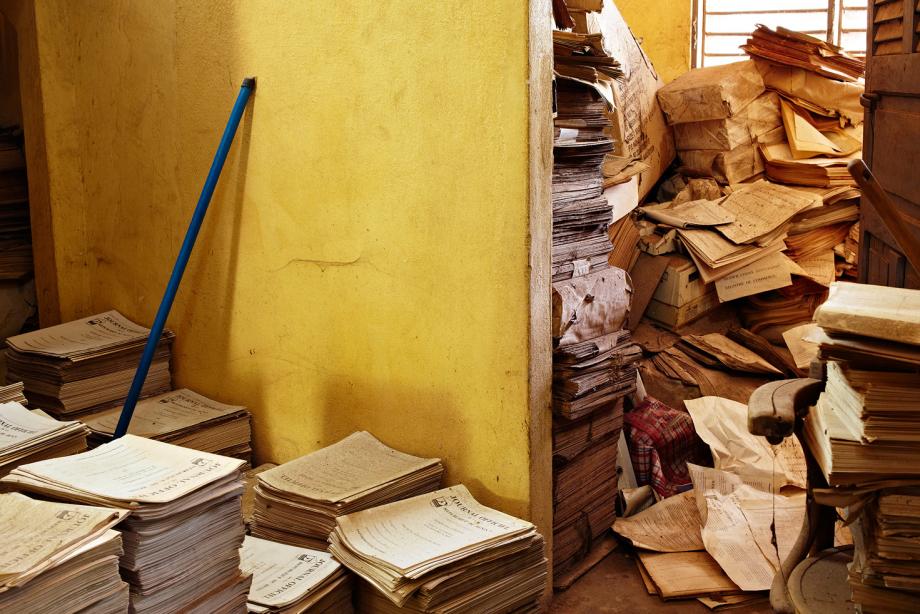
Archives I, Imprimerie Nationale, Porto Novo, Bénin, 2012, by François-Xavier Gbré, from the series Tracks, 2009-2016, print on Baryta paper. © François-Xavier Gbré and Galerie Cécile Fakhoury
‘This museum is a family museum – it is what I like to call a “human-scale” museum,’ explains the 29-year-old Othman, of the 900 sq m space. ‘We want to spread the word outside the country to make Morocco and Africa shine. We’re trying to give a voice to young, emerging and established artists, to be proud of their roots in their continent and not abroad.’
MACAAL is being inaugurated by ‘Africa Is No Island’, a group photography show comprising some 40 artists working on the continent, as well as in the wider context of African culture. Curators Baptiste de Ville d’Avray, Jeanne Mercier and Madeleine de Colnet, co-founders of African art platform Afrique in Visu, explain, ‘Africa is not an island but rather a connected territory, full of possibilities.’
The curators pull it off with remarkable conviction: Namsa Leuba, based between Switzerland Guinea, ‘examines African identity though the Western imagination’, while Italian/Senegal artist Maïmouna Guerresi’s taps into Islamic art with her regal portraits. More extraordinary still, are Ivory Coast photographer Joana Choumali’s images of the last generation of scarified African people, still performing superficial incisions on skin to create permanent identifying marks.
The carefully calibrated exhibitions design serves it well too. Othman explains he wanted it speak the same language as the local architecture: ‘The scenography brings intimacy to the space, and a sense of the medina inside the museum – there’s small routes, paths, labyrinths, archways.’ An accompanying sound installation by Italian artist Anna Raimondo brings the noises of Marrakech’s souks into the museum space (the communal spirit is reflected in the museum’s couscous feasts on Fridays).
Upstairs, the museum is displaying artworks from its permanent collection. Meanwhile, free shuttles to MACAAL run daily from Marrakech’s main square Jamaa el Fn. ‘I want to give back a place to be free and neutral – we don’t have that many places like this in Morocco,’ adds Othman. ‘MACAAL is bringing back the [African] voice here in Morocco, it is something very important touching all of us, as Moroccans, as Africans.’
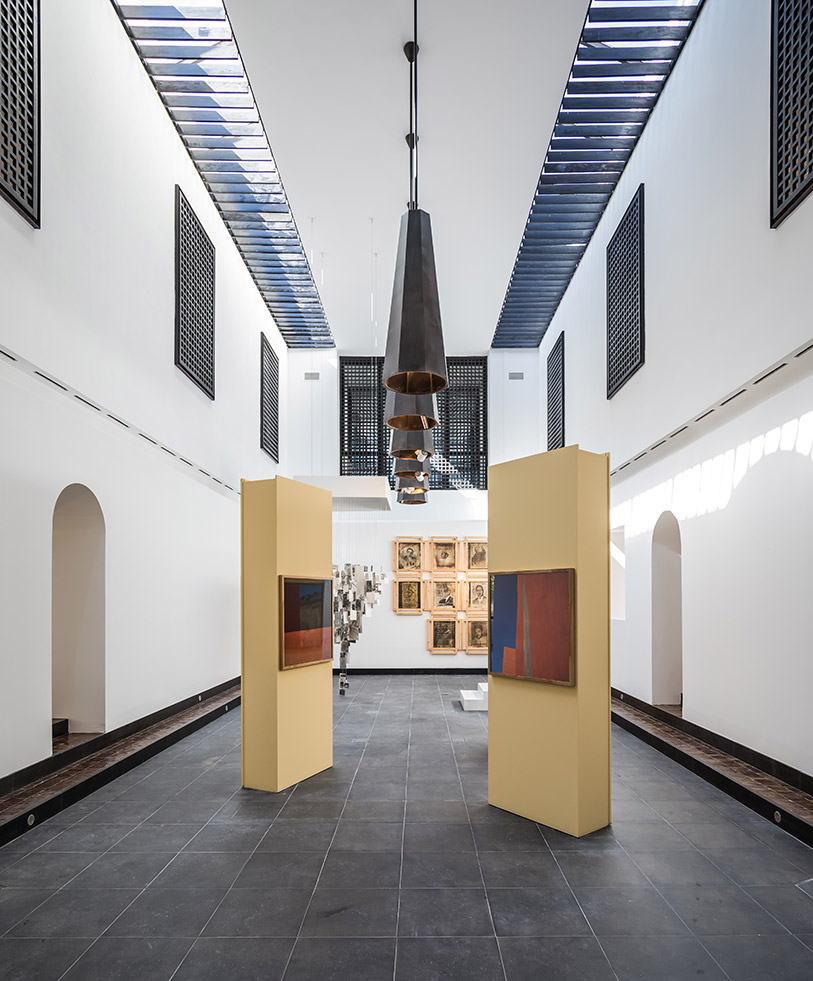
Installation view of ‘Africa Is No Island’ at MACAAL, Marrakech.
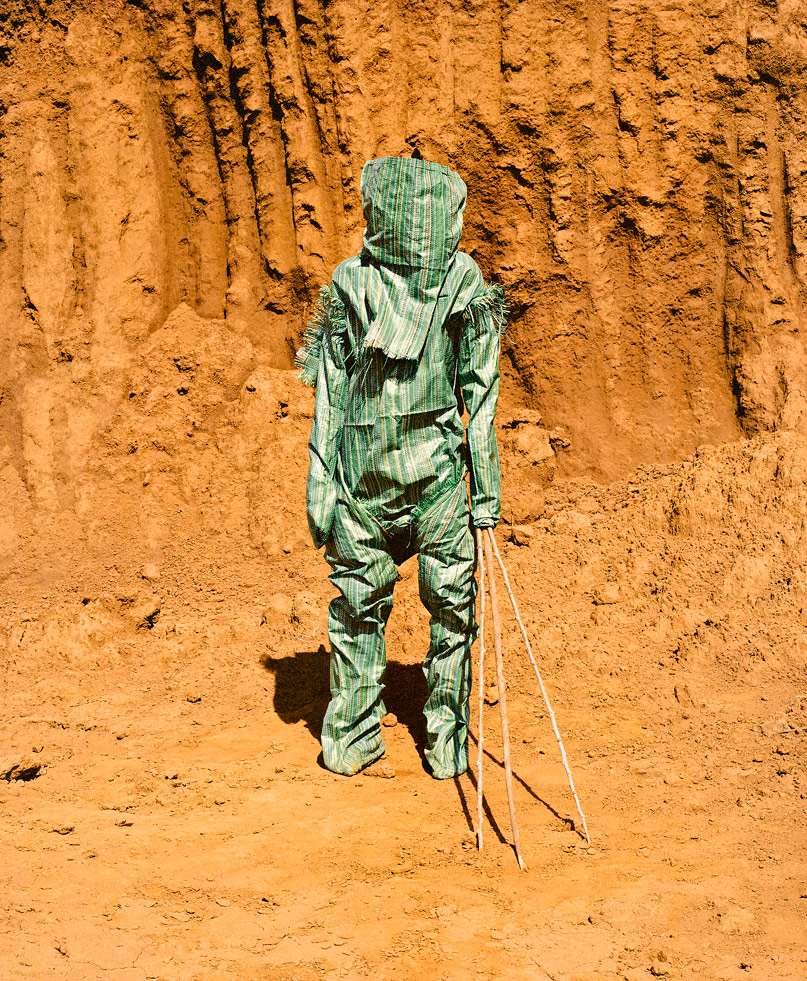
Statuette Kafigeledio Prince – Guinea, 2011, by Namsa Leuba, from the series Ya Kala Ben, print on Baryta paper. © Namsa Leuba and Art Twenty One Gallery
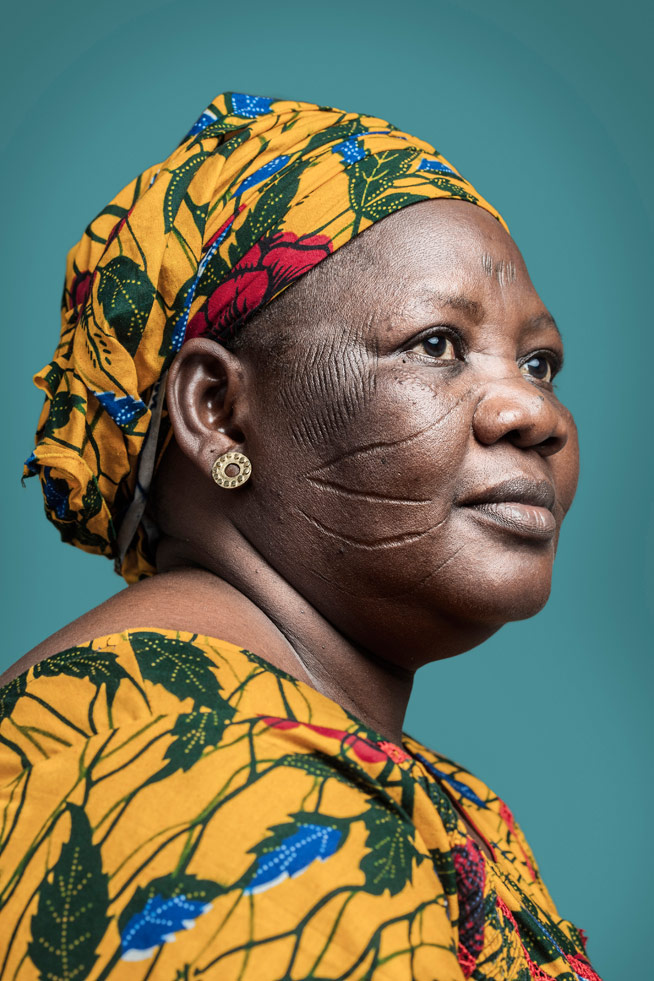
Mme Djeneba Haabré, by Joana Choumali, from the series la dernière génération, 2013-2014, print on Baryta paper. © Joana Choumali and 50 Golborne Gallery
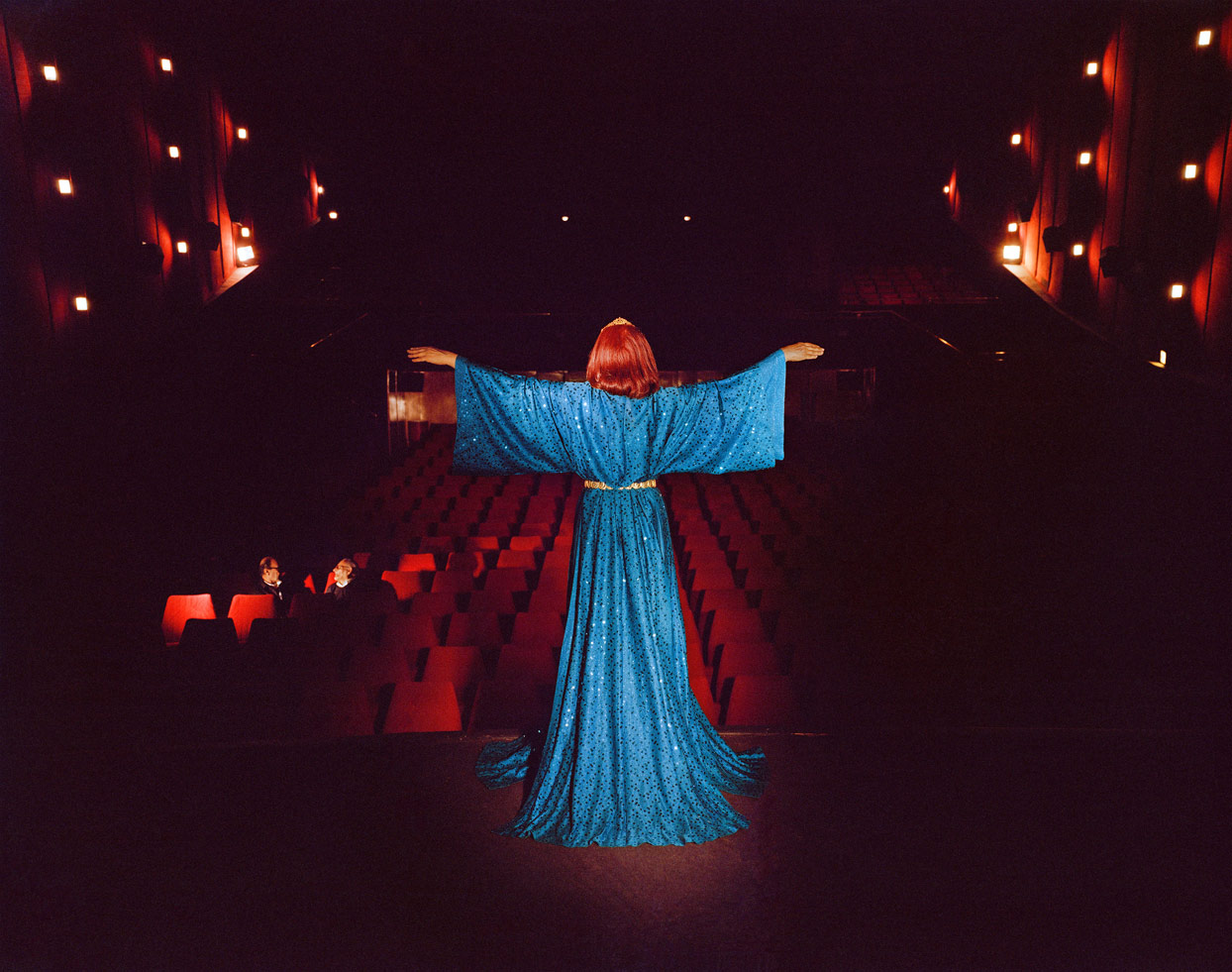
Haya Jat (Starifixion), 2017, by Walid Layadi-Marfouk, archival pigment print on photo rag pearl paper. © Walid Layadi-Marfouk
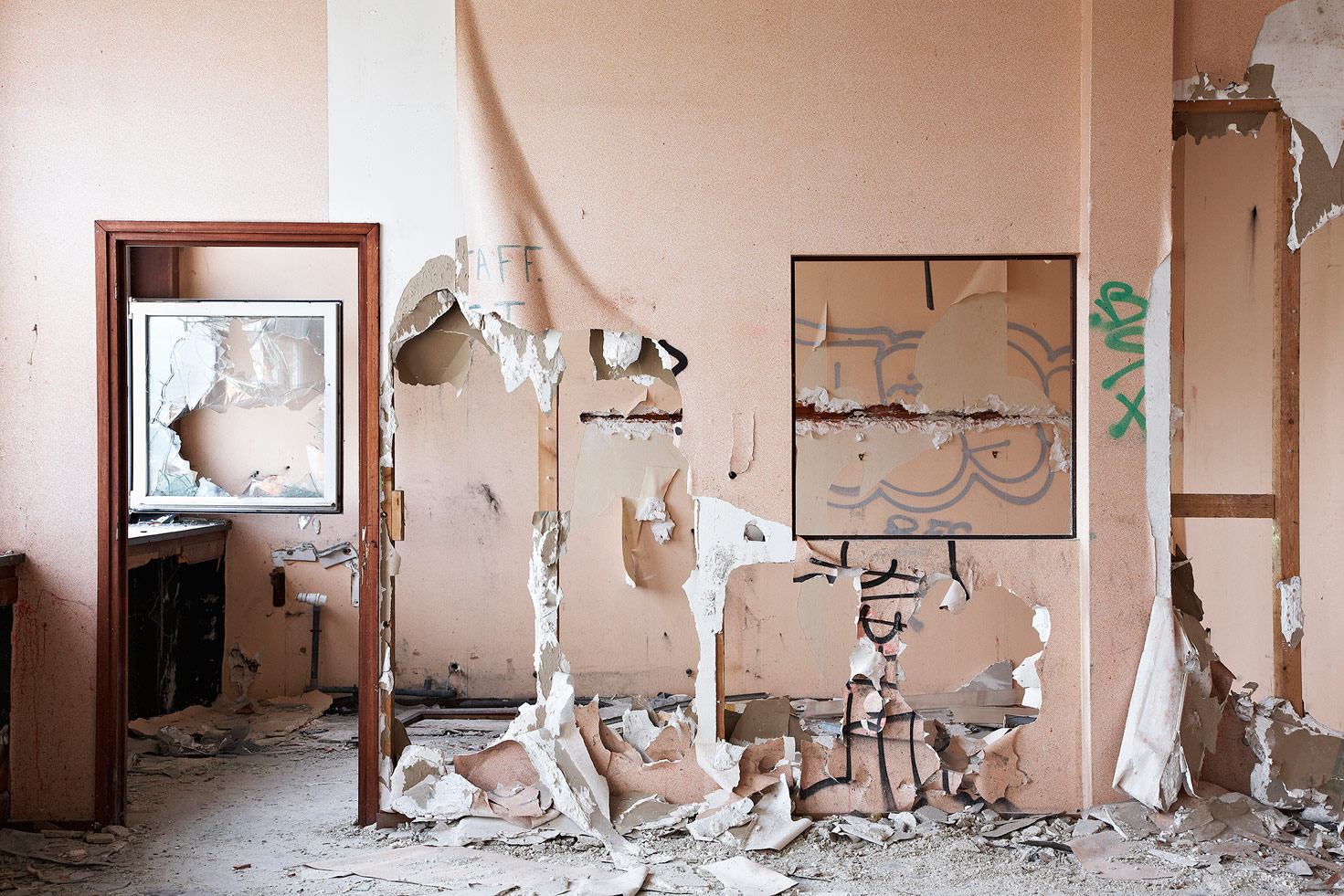
Unilever #2, Haubourdin, France, 2010, by François-Xavier Gbré, from the series Tracks, 2009-2016, print on Baryta paper. © François-Xavier Gbré and Galerie Cécile Fakhoury
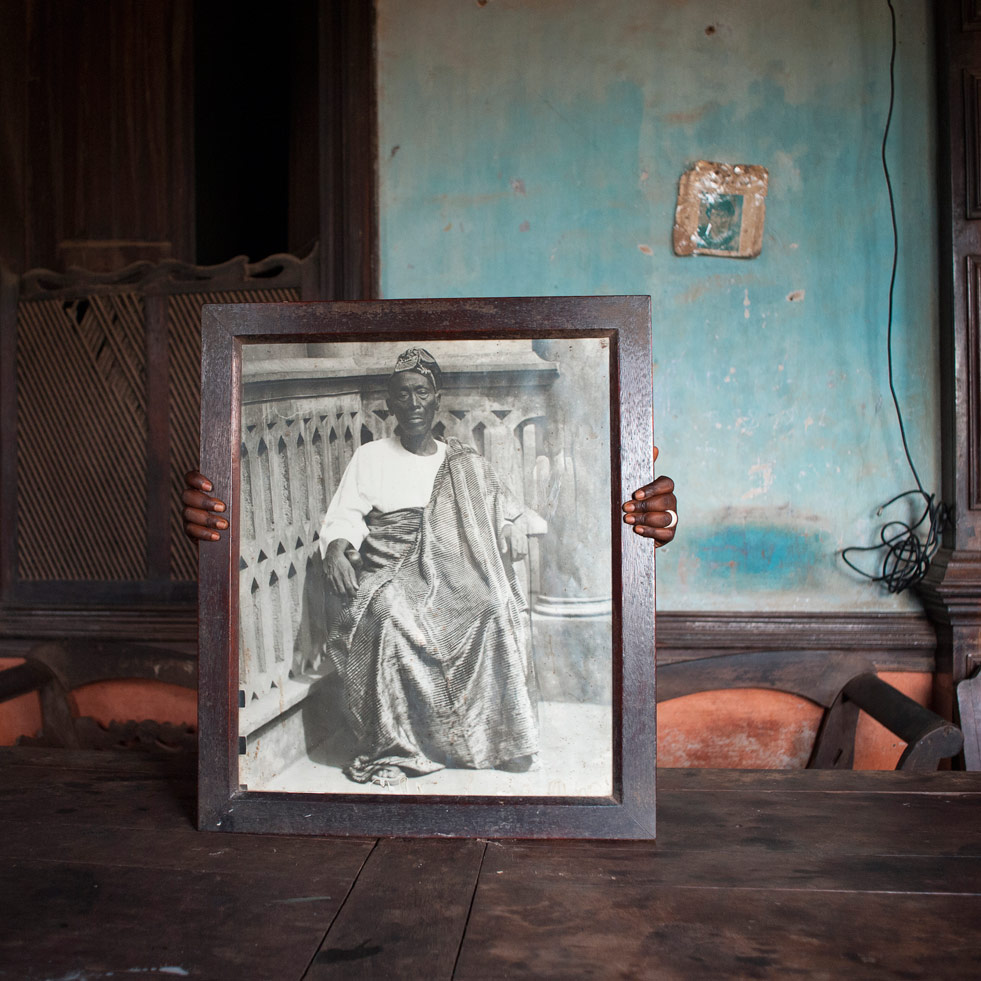
Portrait de David Godonou-Dossou, riche marchand et fondateur de la dynastie Godonou-Dossou, Porto Novo, Bénin, 2011, by Nicola Lo Calzo, from the series THCAMBA-AGOUDAS, 2007-2016, print on Baryta paper. © Nicola Lo Calzo, L’agence à Paris and Dominique Fiat
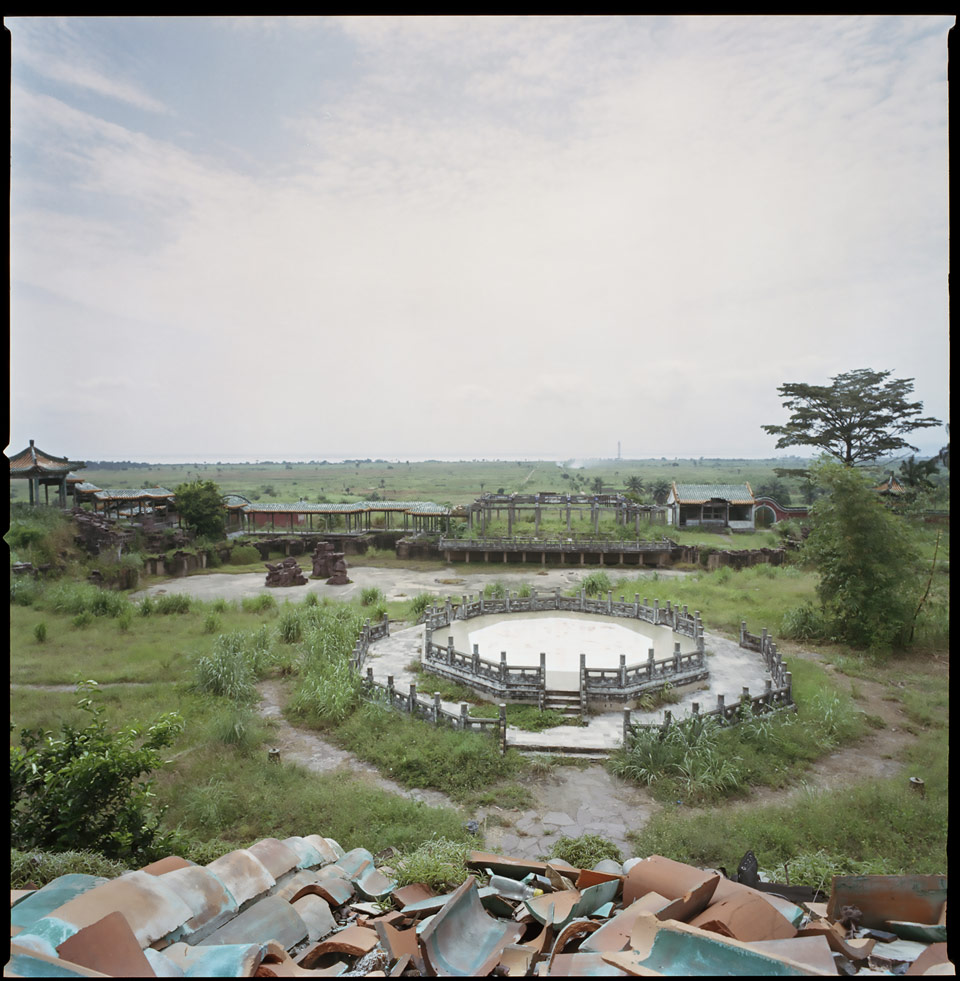
Retour à l’authenticité, vue de La Pagode du Président Mobutu, N’sele, Kinshasa Photo-archive du Docteur Fourche prise en 1935, 2013, by Sammy Baloji, numerical print on Baryta paper. © Sammy Baloji
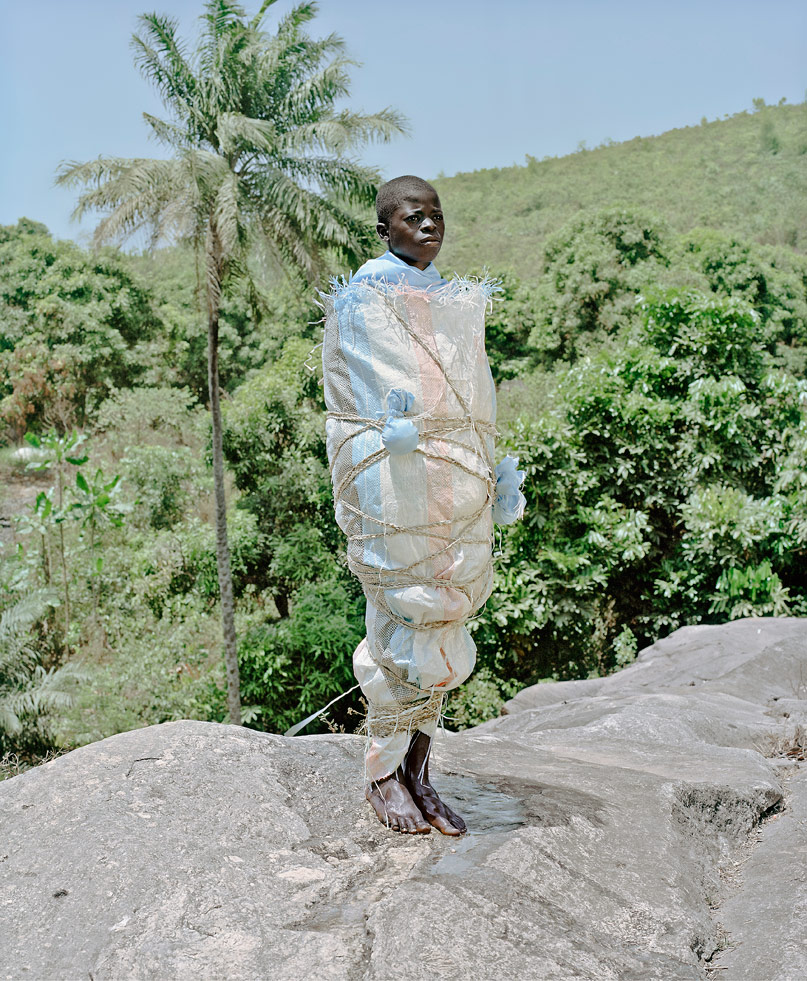
Statuette Nganga SaleLaye – Guinea, 2011, by Namsa Leuba, from the series Ya Kala Ben, print on Baryta paper. © Namsa Leuba and Art Twenty One Gallery
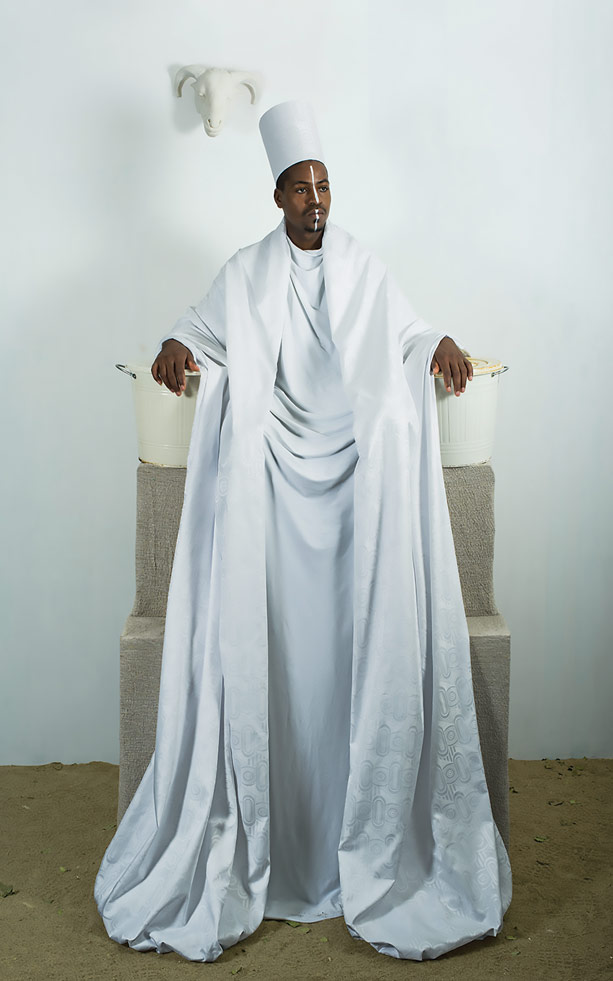
Throne in White, 2016, by Maïmouna Guerresi, Lambda print on dibond. © Maïmouna Guerresi and Mariane Ibrahim Gallery
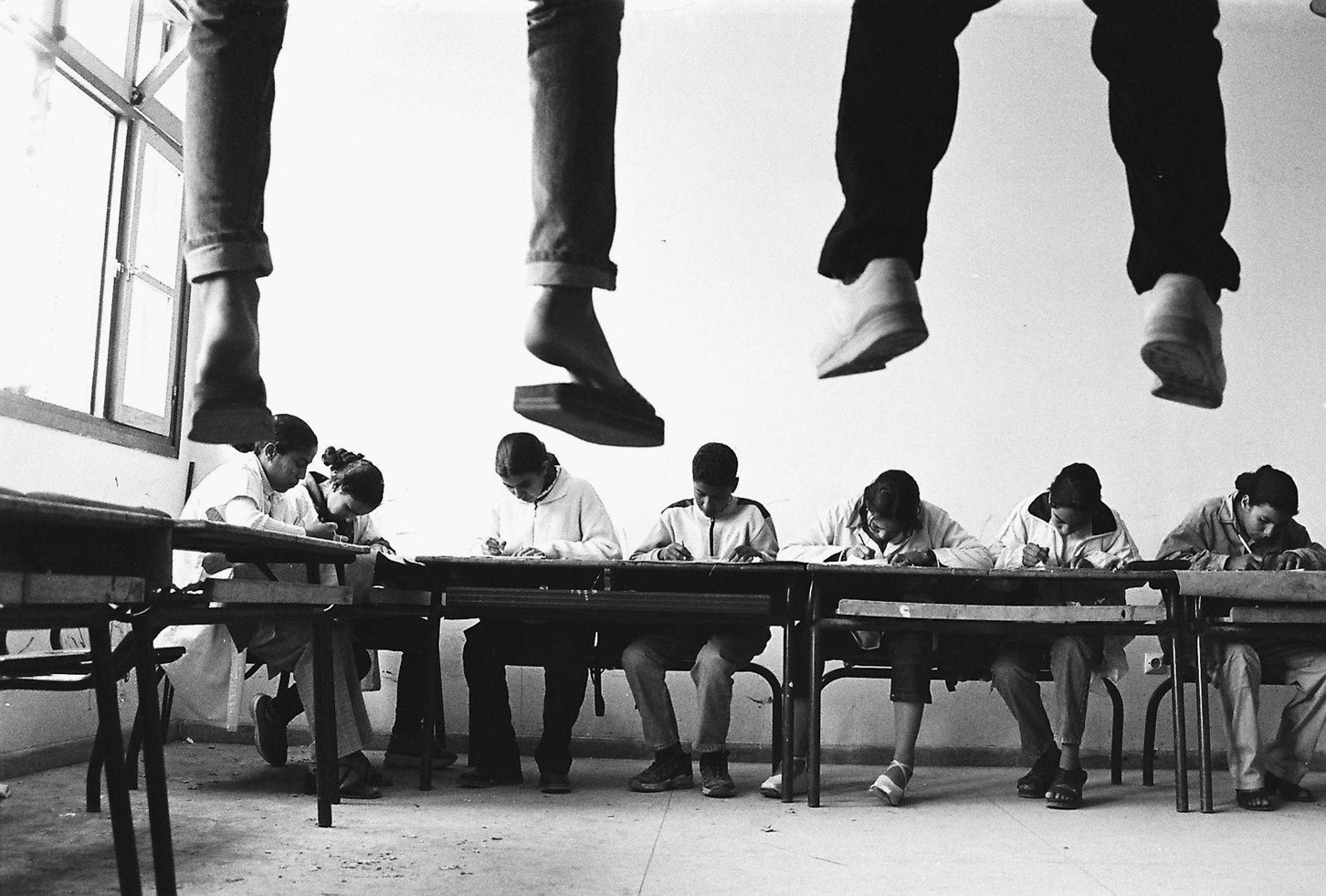
Untitled, 1994-2002, by Hicham Benohoud, from the series La salle de classe, silver photography on Baryta paper. © Hicham Benohoud
INFORMATION
‘Africa Is No Island’ is on view until 24 August. For more information, visit the MACAAL website
ADDRESS
MACAAL
Al Maaden
Sidi Youssef Ben Ali
40000 Marrakech
Receive our daily digest of inspiration, escapism and design stories from around the world direct to your inbox.
-
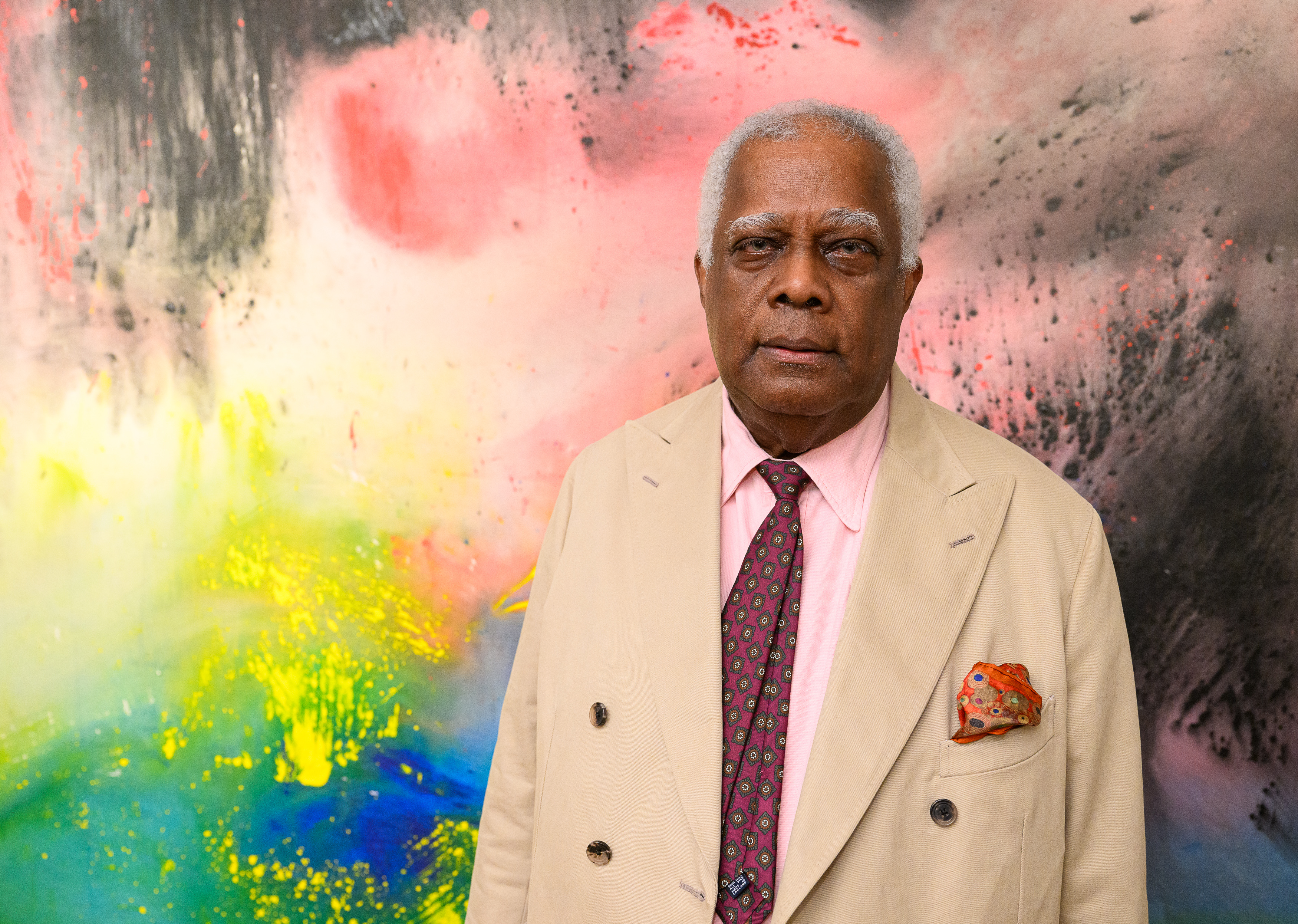 Winston Branch searches for colour and light in large-scale artworks in London
Winston Branch searches for colour and light in large-scale artworks in LondonWinston Branch returns to his roots in 'Out of the Calabash' at Goodman Gallery, London ,
-
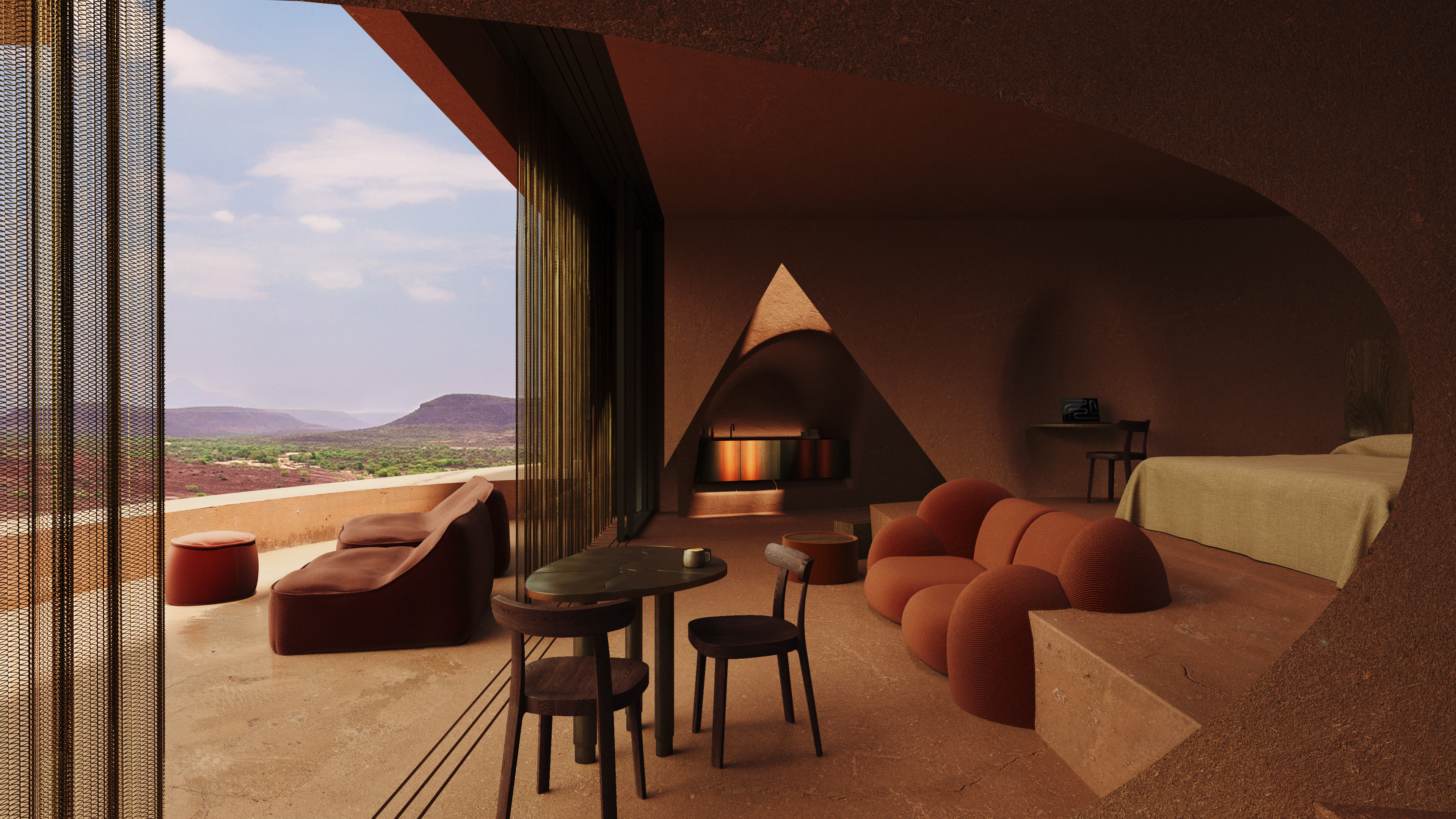 The most anticipated hotel openings of 2026
The most anticipated hotel openings of 2026From landmark restorations to remote retreats, these are the hotel debuts shaping the year ahead
-
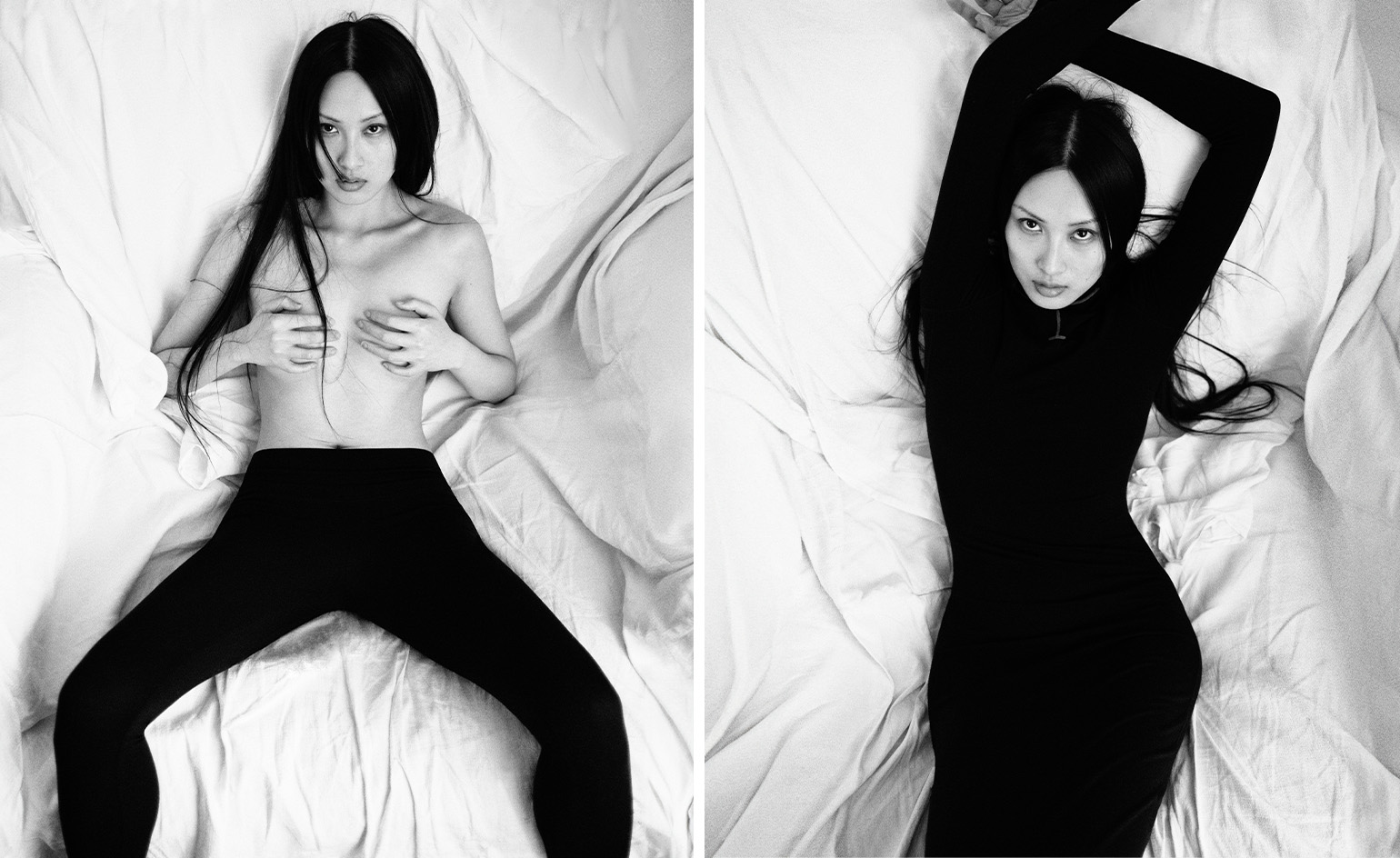 Is the future of beauty skincare you can wear? Sylva’s Tallulah Harlech thinks so
Is the future of beauty skincare you can wear? Sylva’s Tallulah Harlech thinks soThe stylist’s label, Sylva, comprises a tightly edited collection of pieces designed to complement the skin’s microbiome, made possible by rigorous technical innovation – something she thinks will be the future of both fashion and beauty
-
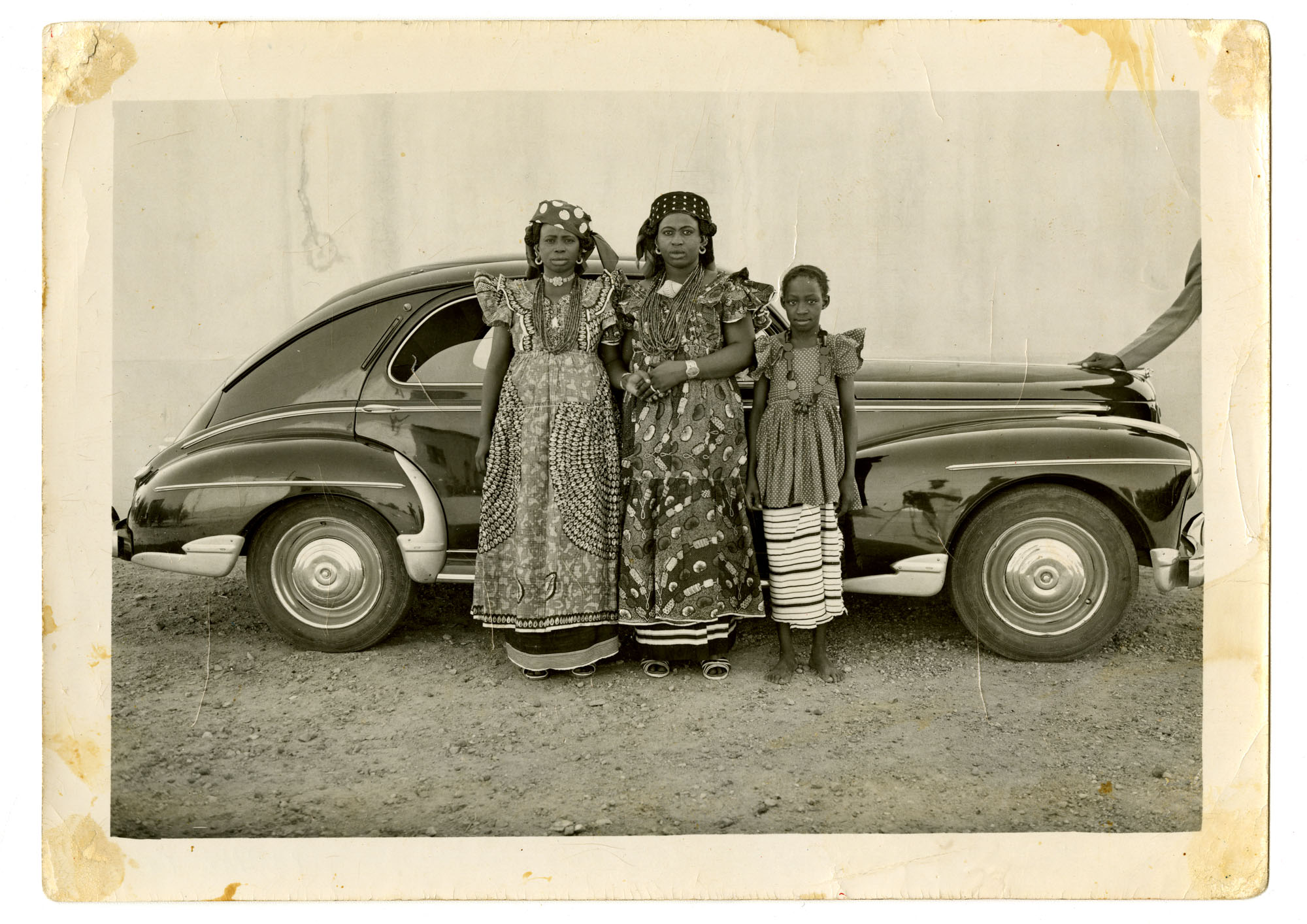 Inside the work of photographer Seydou Keïta, who captured portraits across West Africa
Inside the work of photographer Seydou Keïta, who captured portraits across West Africa‘Seydou Keïta: A Tactile Lens’, an exhibition at the Brooklyn Museum, New York, celebrates the 20th-century photographer
-
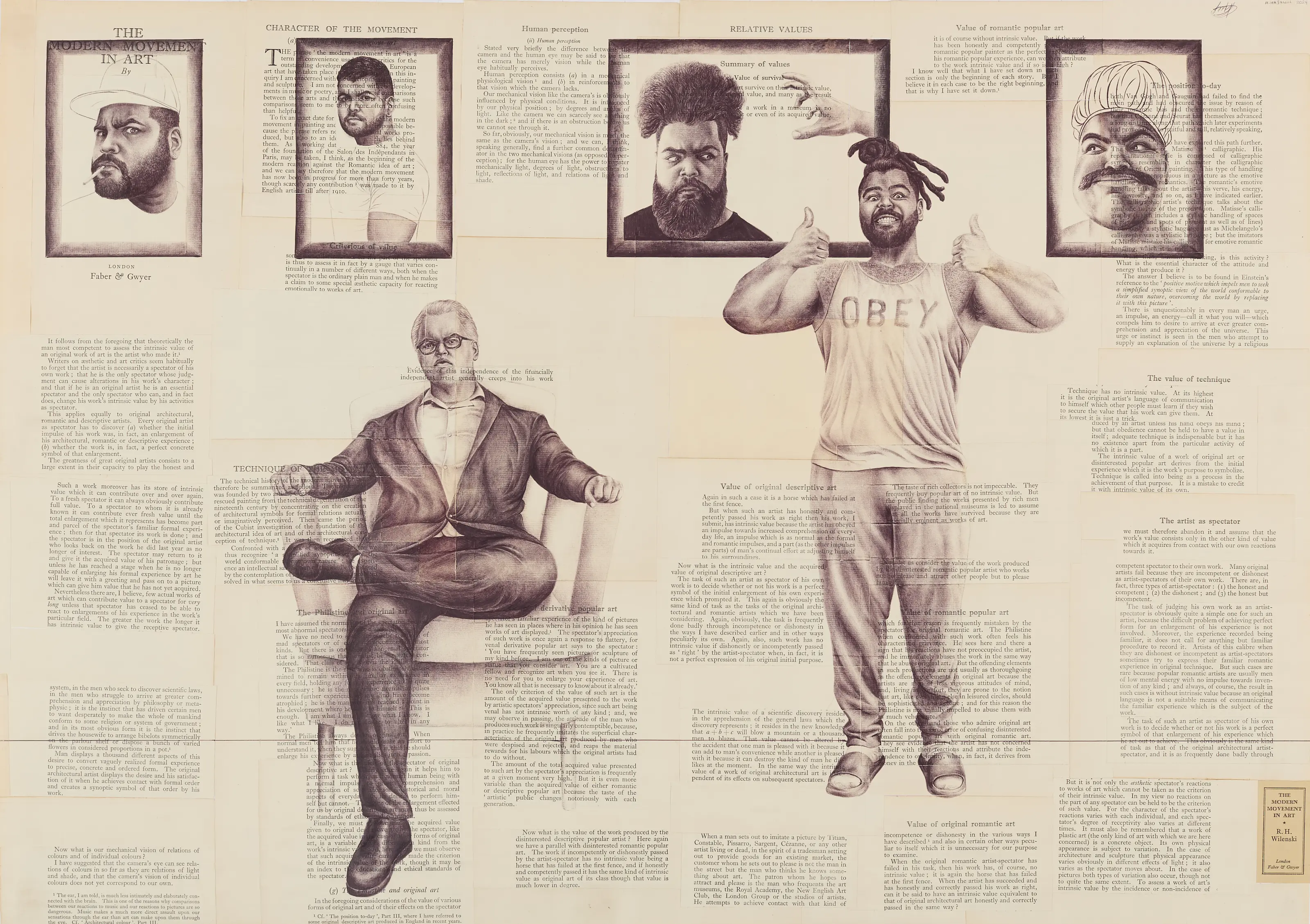 ‘It is about ensuring Africa is no longer on the periphery’: 1-54 Contemporary African Art Fair in London
‘It is about ensuring Africa is no longer on the periphery’: 1-54 Contemporary African Art Fair in LondonThe 13th edition of 1-54 London will be held at London’s Somerset House from 16-19 October; we meet founder Touria El Glaoui to chart the fair's rising influence
-
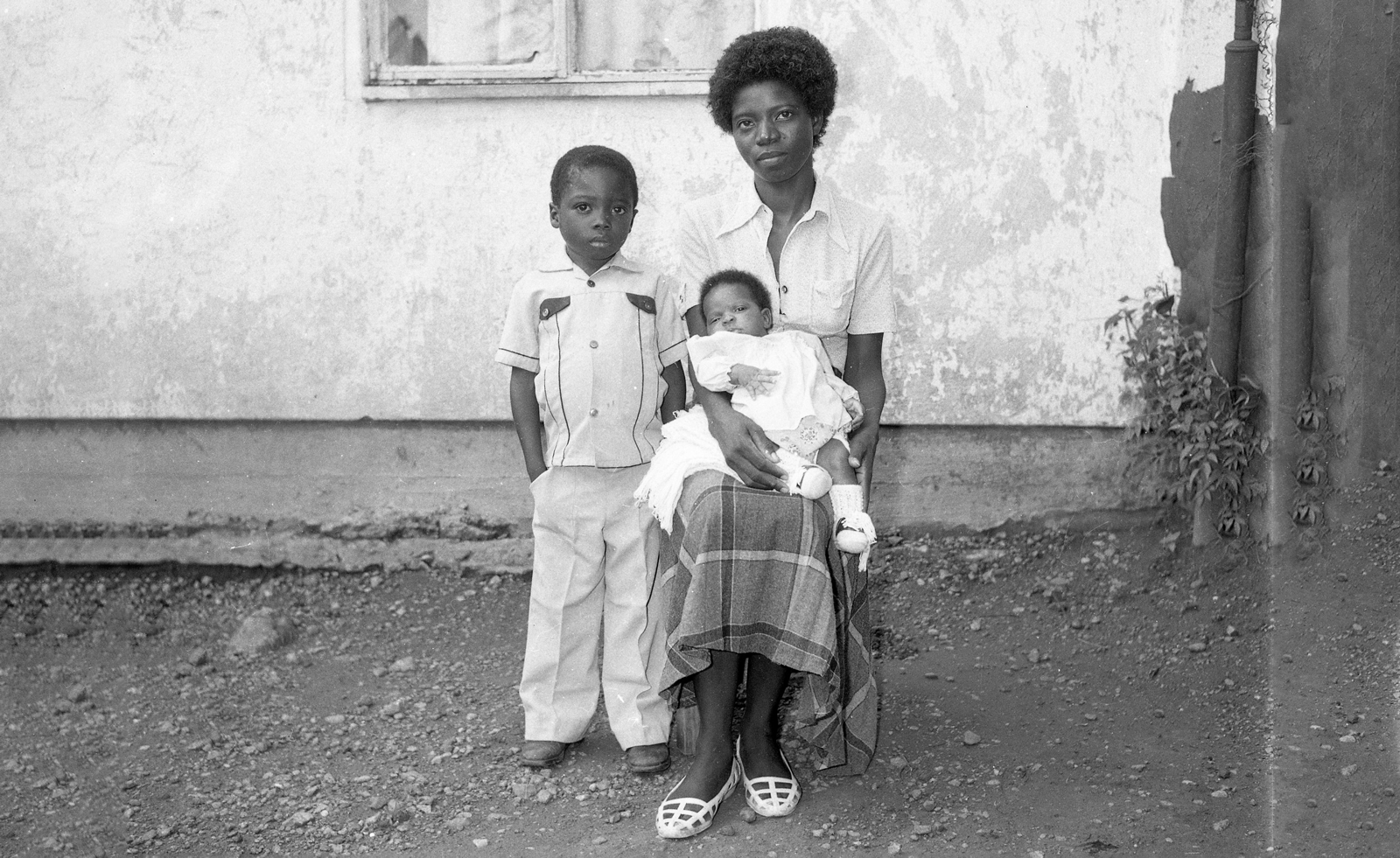 Alick Phiri’s black and white portraits capture the realities of post-colonial Zambia
Alick Phiri’s black and white portraits capture the realities of post-colonial ZambiaAfter decades of capturing Zambia’s capital city, the photographer returns for an exhibition featuring his works alongside South Africa’s William Matlala
-
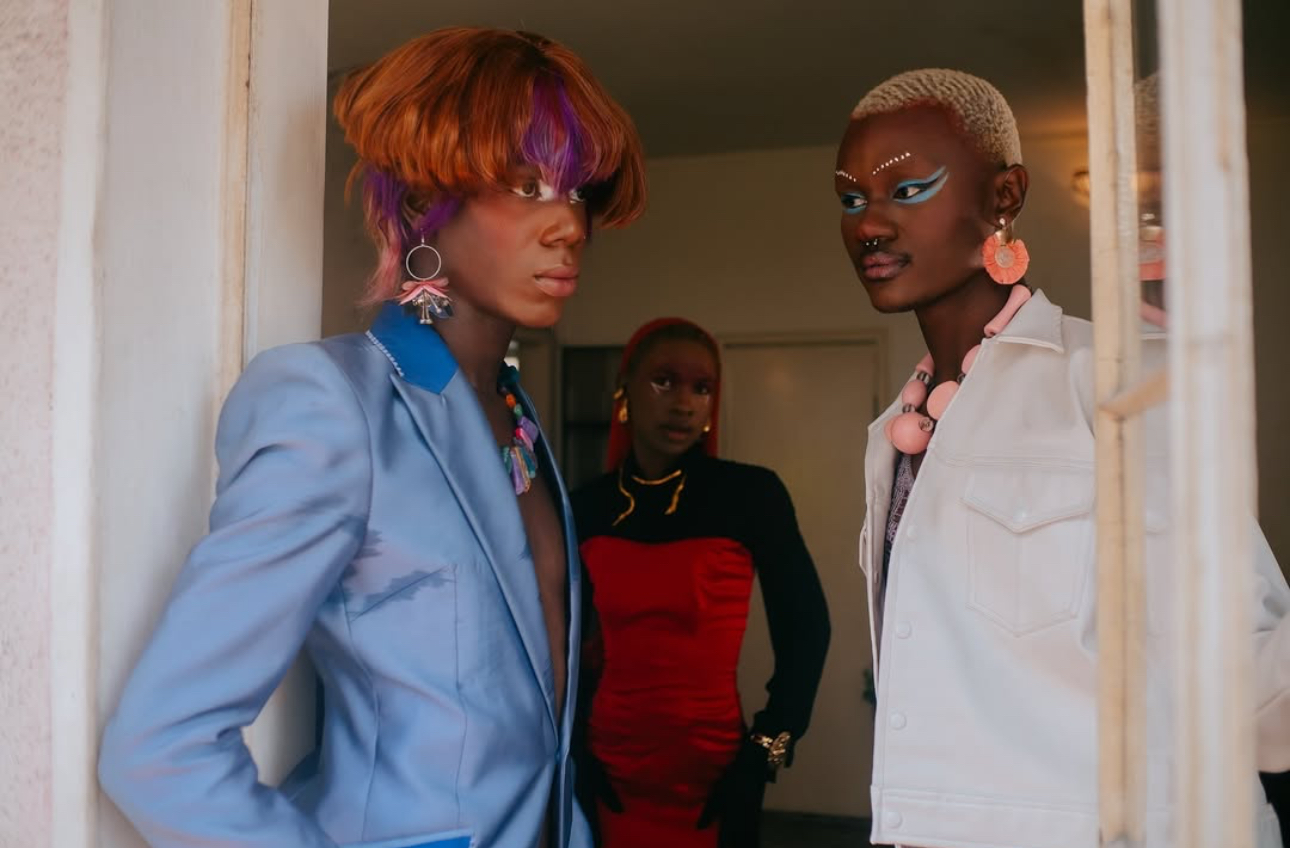 Love, community, anti-gay laws: the queer African artists redefining visibility through portraits
Love, community, anti-gay laws: the queer African artists redefining visibility through portraitsIn honour of Pride Month, Ugonnaora Owoh speaks to three artists on African queer legacies and their optimism in advocating for queer rights through art
-
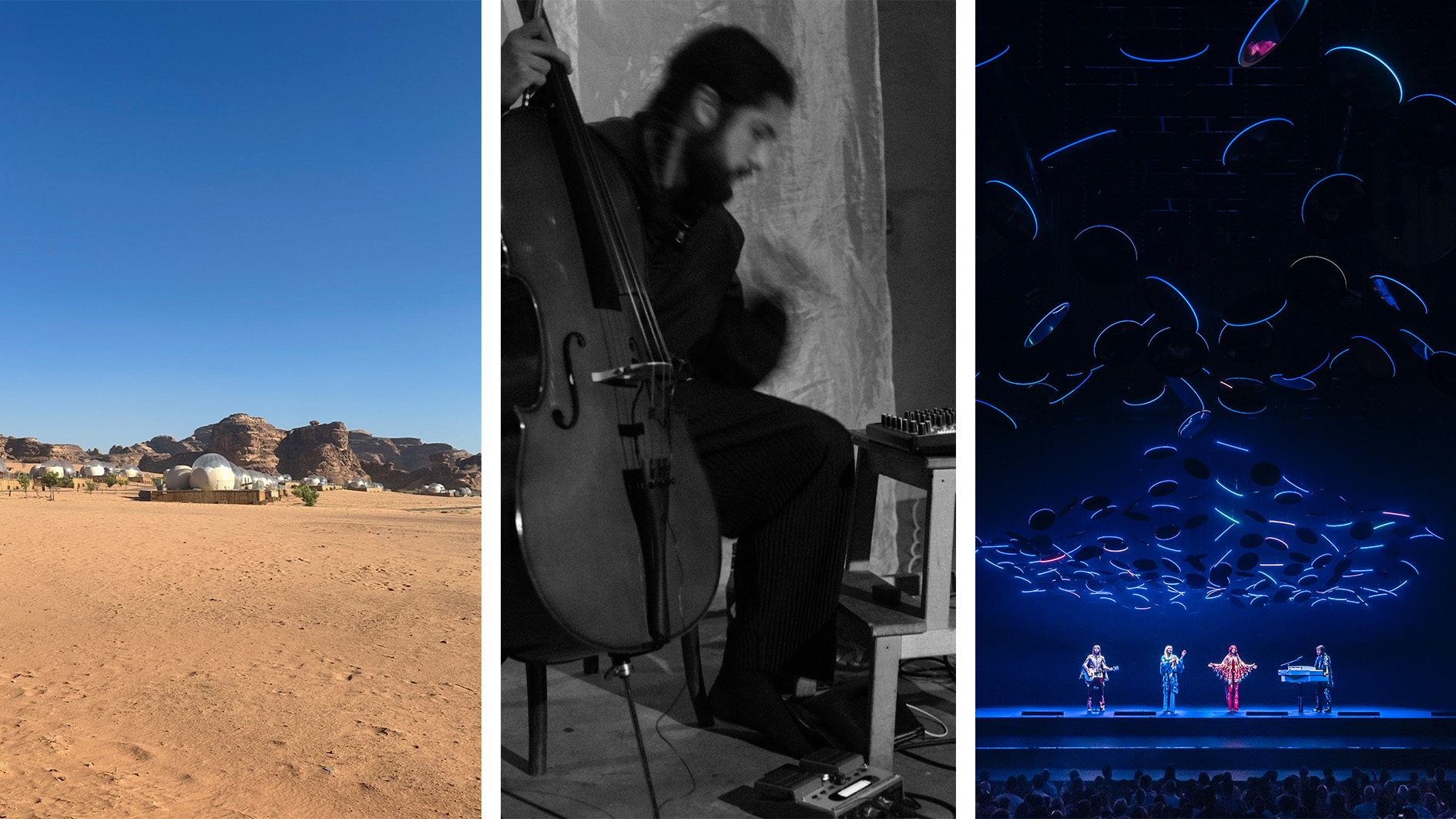 Out of office: what the Wallpaper* editors have been up to this week
Out of office: what the Wallpaper* editors have been up to this weekThis week saw the Wallpaper* team jet-setting to Jordan and New York; those of us left in London had to make do with being transported via the power of music at rooftop bars, live sets and hologram performances
-
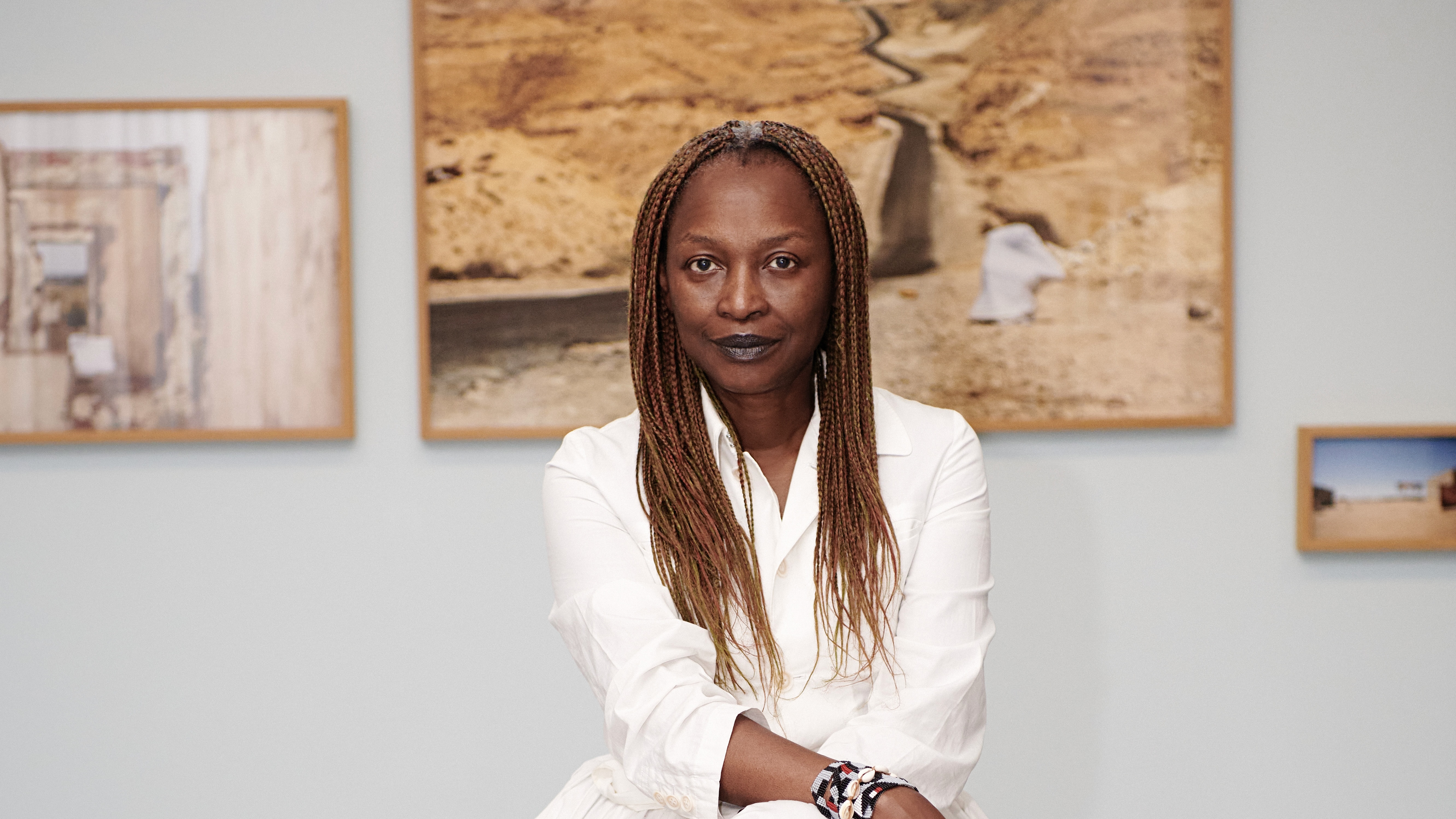 Remembering Koyo Kouoh, the Cameroonian curator due to lead the 2026 Venice Biennale
Remembering Koyo Kouoh, the Cameroonian curator due to lead the 2026 Venice BiennaleKouoh, who died this week aged 57, was passionate about the furtherance of African art and artists, and also contributed to international shows, being named the first African woman to curate the Venice Biennale
-
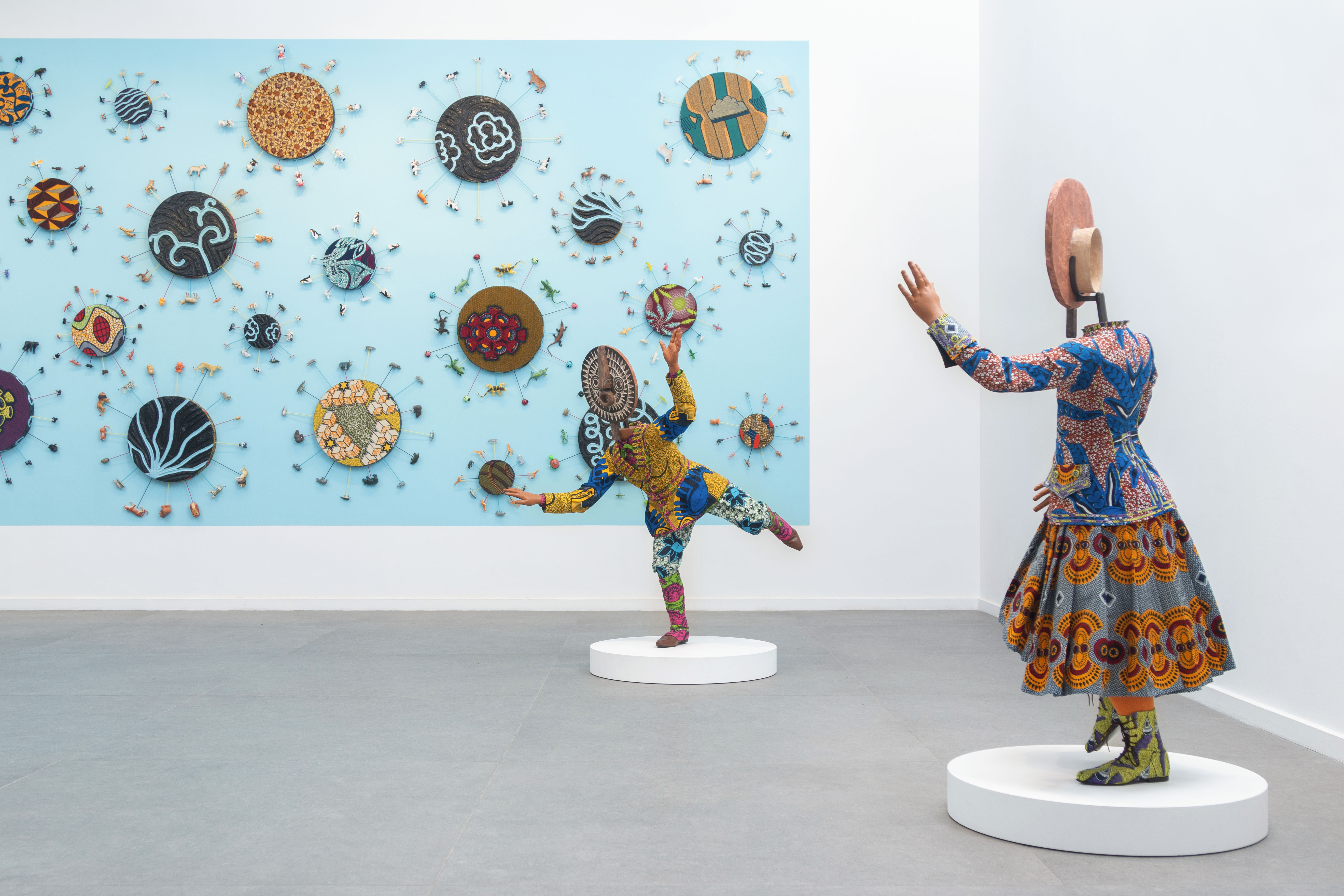 Inside Yinka Shonibare's first major show in Africa
Inside Yinka Shonibare's first major show in AfricaBritish-Nigerian artist Yinka Shonibare is showing 15 years of work, from quilts to sculptures, at Fondation H in Madagascar
-
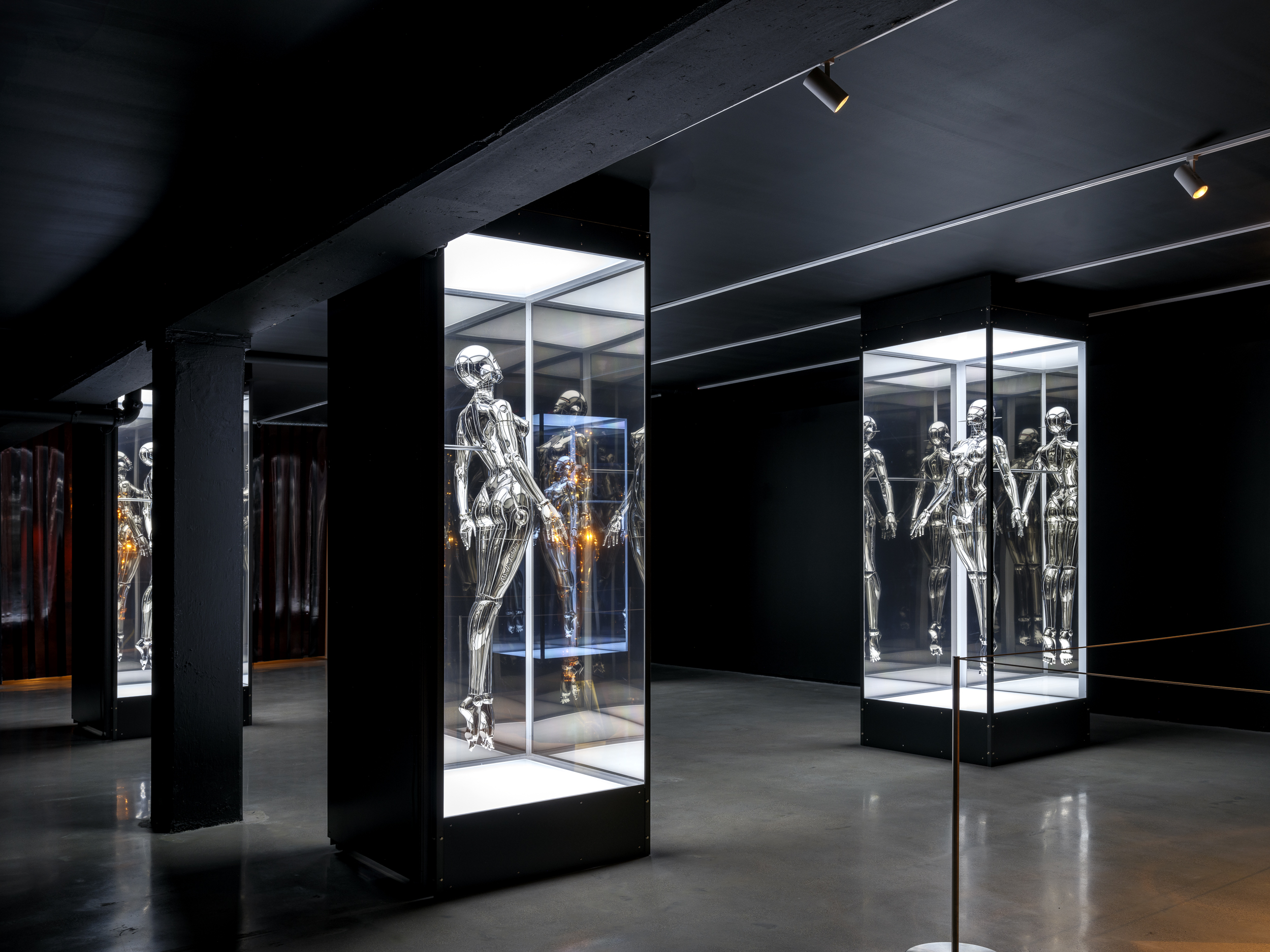 Miami’s new Museum of Sex is a beacon of open discourse
Miami’s new Museum of Sex is a beacon of open discourseThe Miami outpost of the cult New York destination opened last year, and continues its legacy of presenting and celebrating human sexuality